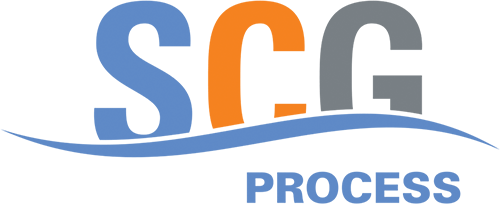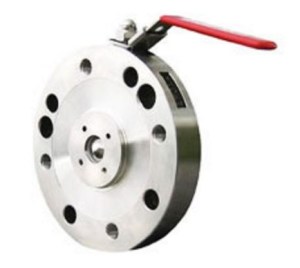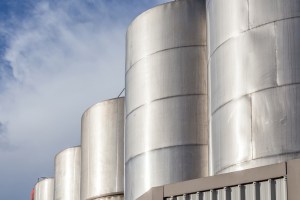How the Indu-Tech Isolation Valve Helps Meet ISO Standards
An isolation valve continues to be an integral element in any fluid-based industrial instrumentation system. It is used to isolate the process fluid, thus allowing access to the primary field instrument for maintenance procedures and/or the calibration of the instrument. The team at Indu-Tech has spent many years developing its isolation valve to ensure it … Read more




